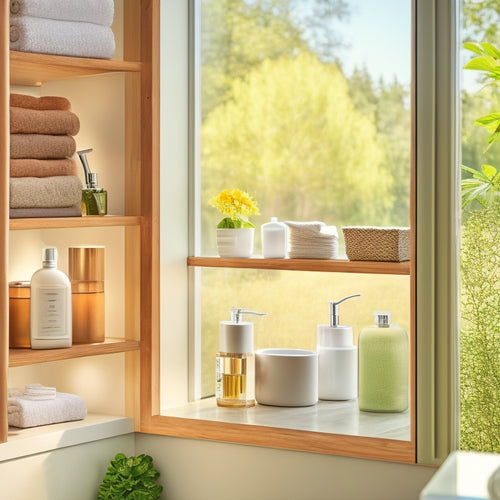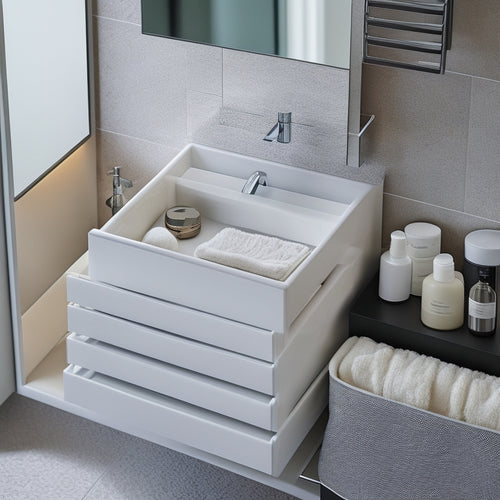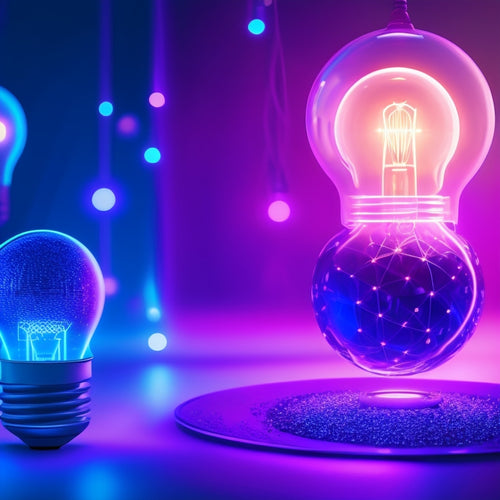
Capturing Moments: Film Vs Digital Showdown
Share
When I capture moments, I'm torn between film and digital. Film offers a unique aesthetic appeal with rich textures, vintage vibes, and imperfection. Digital, on the other hand, provides flexibility with effortless mode-switching, editing capabilities, and time-saving features. But then, there's the cost factor - film's recurring expenses versus digital's initial investment. Image quality is another consideration, with film's distinct look and fine details. Ultimately, it's about choosing between a tactile, manual experience and a convenient, automated one. As I weigh the pros and cons, I'm left wondering which medium truly preserves the essence of a fleeting moment - and that's just the beginning.
Key Takeaways
• Film photography offers a distinct aesthetic with unique color tones, textures, and a vintage vibe, celebrating imperfection and uniqueness.
• Digital photography provides flexibility and convenience, allowing for effortless switching between modes, editing styles, and quick review and adjustment.
• When considering cost and sustainability, film photography comes with a long-term financial burden, while digital equipment has a lower initial investment and ongoing costs.
• Film photography excels in capturing unique aesthetics and fine details, with a higher tonal range and longer-lasting images, especially with medium format film.
• The choice between film and digital cameras ultimately comes down to a tactile, manual experience versus a fast, flexible, and automated shooting experience.
Film's Unique Aesthetic Appeal
As I explore the world of film photography, I'm struck by the distinct artistic look it provides, with unique color tones and textures that evoke a sense of nostalgia and timelessness.
The analog allure of film is undeniable, with its vintage vibe transporting me to a bygone era. What sets film apart is its texture richness, imbuing images with a tactile quality that digital can't replicate.
The color depth is equally impressive, with subtle nuances that add depth and complexity to each frame. Whether it's the grainy texture or the warm, muted tones, film's aesthetic appeal is undeniable.
It's an art form that celebrates imperfection, embracing the quirks and flaws that make each image truly unique.
Digital's Flexibility Advantages
With digital photography, I can effortlessly switch between various shooting modes and editing styles, giving me the creative freedom to experiment and adapt to different situations. This flexibility is a significant advantage, allowing me to capture a wide range of moods and effects.
Here are some benefits I enjoy:
-
Post-processing benefits: I can easily adjust exposure, contrast, and color balance to enhance my images.
-
Creative manipulation: Digital editing software offers a vast array of tools for manipulating and enhancing my photos.
-
Experimentation: I can try out different styles and techniques without worrying about wasting film or resources.
- Time-saving: Digital photography allows me to quickly review and adjust my shots, saving me time and effort in the process.
Cost and Sustainability Factors
I must take into account the long-term financial burden of my photography habit, and that's where the cost and sustainability factors of film versus digital come into play.
While film cameras may seem cost-effective upfront, recurring costs like film and processing expenses can add up over time.
On the other hand, the initial investment in digital equipment may be higher, but it can last longer with fewer ongoing costs.
I need to contemplate the environmental impact of my choice, too - film development requires chemicals and resources, whereas digital photography has a lower carbon footprint.
When weighing the financial aspects, I must ponder long-term expenses and the sustainability of each medium.
Image Quality and Detail
When it comes to image quality and detail, film photography's unique aesthetic, achieved through its distinct color tones and fine details, offers an invigorating alternative to the high-resolution capabilities of digital photography. I've found that film provides a unique artistic look that digital can't replicate.
Here are some key benefits:
- Film's exposure latitude allows for a greater range of tonal values, resulting in more nuanced images.
- The fine details captured on film negatives and slides can last longer than digital files, ensuring longevity.
- Shooting with film offers a distinct aesthetic that's hard to achieve with digital filters.
- Larger negatives in medium format film provide higher quality images, surpassing some digital sensors.
Camera Characteristics Compared
Moving beyond image quality, the tactile experience and manual operation of film cameras offer a distinct shooting process that contrasts sharply with the convenience and immediacy of digital cameras. With film, I've manual controls at my fingertips, allowing me to adjust settings to achieve the desired effect. This hands-on approach lets me connect with the camera and the scene, fostering a sense of creativity and control.
In contrast, digital cameras provide instant feedback, allowing me to review and adjust my shots on the fly. This convenience comes at the cost of a more automated process, leaving less room for manual input. Ultimately, the choice between film and digital comes down to the type of shooting experience I desire – one that's tactile and manual, or one that's fast and flexible.
Personal Experiences and Preferences
My affinity for film photography stems from the nostalgic value it holds, evoking memories of childhood summers spent watching my father develop black and white photographs in his makeshift darkroom. This nostalgic connection sparks a sense of craftsmanship and tangibility that I crave in my photography.
I appreciate the tactile experience of loading film, hearing the shutter click, and waiting for the reveal of my photographs.
Film's forgiving nature allows me to focus on the creative process rather than worrying about technical settings.
I value the unique aesthetic and texture that film provides, which digital filters often fail to replicate.
While digital offers convenience and versatility, my heart belongs to film, where nostalgic emotions and practical preferences align.
Weighing the Pros and Cons
As I weigh the pros and cons of film and digital photography, it becomes clear that each medium has its unique strengths and weaknesses. Film's timeless allure lies in its distinct color tones, textures, and authentic feel, making it a cost-effective option in the long run.
However, digital's editing capabilities offer flexibility and creative manipulation, with higher resolution capabilities and automatic settings for efficiency. While film provides a unique aesthetic, digital offers sustainability and longevity.
Considering both options, I realize that film is ideal for capturing a specific artistic look, whereas digital is better suited for projects requiring flexibility and precision. Ultimately, the choice between film and digital depends on the photographer's vision, creative goals, and personal preferences.
Frequently Asked Questions
Can I Use Film Cameras for Professional Photography Projects?
As I hold my film camera, I wonder if it's suitable for professional projects; I need to balance client expectations with my artistic vision, ensuring the nostalgic charm of film aligns with their desired outcome.
Are There Any Affordable Digital Camera Options for Beginners?
As a beginner, I look for budget-friendly digital camera options with entry-level features, such as Canon's EOS M50 or Sony's Alpha a6100, which offer great image quality and user-friendly interfaces without breaking the bank.
Can I Digitize My Film Photographs for Online Sharing?
I'm excited to share my film photographs online, but first, I need to digitize them. I'll use scanning methods like DSLR scanning or flatbed scanning, converting them to file formats like TIFF or JPEG, ensuring high-quality digital copies.
How Do I Store and Preserve My Film Negatives and Slides?
I store my film negatives and slides using archival methods, ensuring climate control by keeping them in a cool, dry place, away from direct sunlight, and using acid-free materials to prevent degradation.
Are Mirrorless Cameras a Good Compromise Between Film and Digital?
"When in a pickle, I find mirrorless cameras offer a sweet spot between film and digital, blending a hybrid aesthetic with creative freedom, allowing me to experiment and capture unique moments with ease."
Related Posts
-

Modular Storage for Bathroom Decluttering
Modular storage is your solution for effective bathroom decluttering. It maximizes every inch of space, allowing cust...
-

Space-Optimized Drawer Systems for Bathrooms
Space-optimized drawer systems can totally revolutionize your bathroom's storage. By utilizing vertical space and inn...
-

Lightware Academy Revolutionizes Pro AV E-Learning
Lightware Academy is revolutionizing Pro AV e-learning with its all-encompassing online platform, offering certified ...


